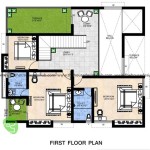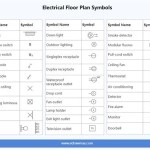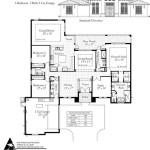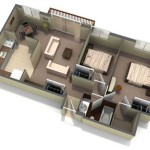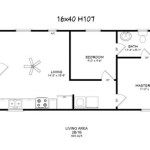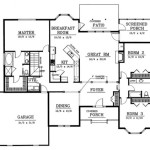Create My Own Home Floor Plans: Essential Aspects to Consider
Creating your own home floor plans is a rewarding experience that allows you to design a living space tailored to your specific needs and preferences. Here are some essential aspects to consider when embarking on this endeavor:
1. Determine Your Needs and Specifications
Before beginning the design process, carefully assess your current and future living requirements. Consider the number of bedrooms, bathrooms, living areas, and other spaces you need. Determine the desired square footage, ceiling heights, and any special features you wish to incorporate.
2. Understand Building Codes and Regulations
Familiarize yourself with local building codes and regulations that govern the design and construction of homes. These codes vary between different municipalities and ensure that your plans meet safety and structural requirements.
3. Choose the Right Software or Service
There are numerous software programs and online services available to help you create home floor plans. Choose a solution that aligns with your skill level and budget, offering features such as drag-and-drop functionality, 3D modeling, and building code compliance checks.
4. Establish a Floor Plan Layout
Begin by sketching out a rough floor plan that shows the placement of the main rooms and their connections. Consider traffic flow, natural light, and privacy when arranging the spaces. Optimize space by utilizing corners, alcoves, and other areas that might otherwise be wasted.
5. Design the Rooms
Once the overall layout is complete, focus on designing each room individually. Determine the size, shape, and placement of windows, doors, and electrical outlets. Consider the function and furniture arrangement of each space to create a comfortable and practical environment.
6. Pay Attention to Details
Don't neglect the smaller details that add character and functionality to your home. Plan for adequate storage space, such as closets and built-in shelves. Consider the placement of appliances, lighting fixtures, and plumbing fixtures to ensure optimal convenience.
7. Seek Professional Review
Once your floor plans are complete, it's highly recommended to seek a professional review from an architect, engineer, or contractor. They can provide expert advice, ensure structural soundness, and identify potential issues that you may have overlooked.
Conclusion
Creating your own home floor plans is a challenging yet fulfilling task. By carefully considering the essential aspects outlined above, you can design a living space that meets your unique requirements and creates a comfortable and functional home for you and your family.

Make Your Own Blueprint How To Draw Floor Plans

Design Your Own House Floor Plans Must See This Acha Homes

Make Your Own Blueprint How To Draw Floor Plans

House Plans And Design

Make Your Own Blueprint How To Draw Floor Plans

Blueprint Maker The Ultimate Tool For Drawing Blueprints

House Plans And Design

How To Design A Home 7 Steps Your Dream Foyr

Free Floor Plan Designer

Modern House Floor Plans Top 12 Features To Include


